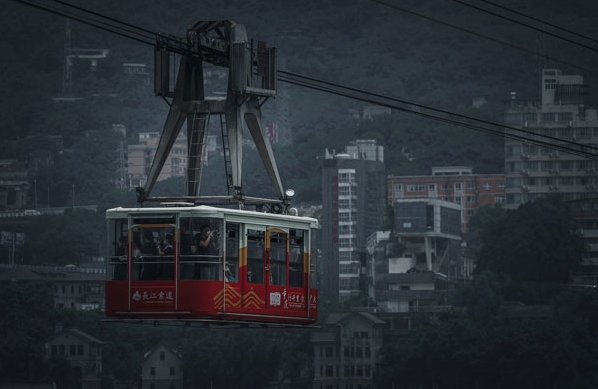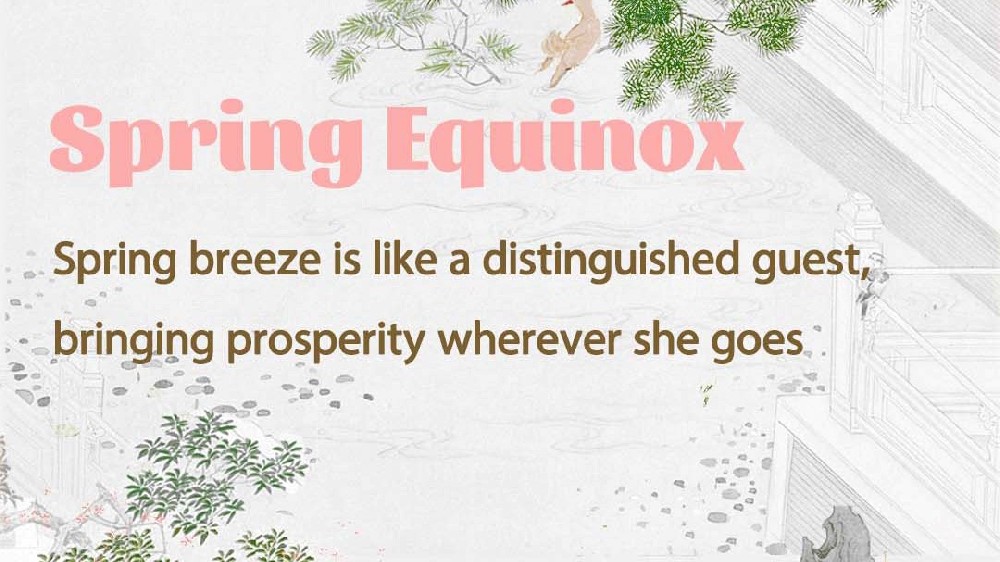Exploring Bayu Culture: a Rich Tapestry of History and Tradition
Bayu culture, rooted in Ba culture, refers to the regional traditions developed by the Ba people and the Ba State throughout history. Centered in Chongqing, this cultural heritage encompasses the eastern Sichuan Basin, spanning from ancient Ba to modern times, and forms an essential part of Sichuan and Chongqing's cultural identity. Its origins trace back 2 million years to the Early Paleolithic Wushan Man and the Neolithic Daxi Culture. The ancestors of the Ba people settled and thrived here, creating a cultural continuum that endures to this day.

Chongqing's Yuzhong District, often referred to as the mother city of Chongqing, serves as the cradle of Bayu culture. From the establishment of Jiangzhou City by Zhang Yi in 316 BCE to the Song Dynasty’s Gongzhou and Chongqing Prefecture, Yuzhong has been the heart of Bayu history and culture. Historical sites like the Tomb of Bamanzi, the "Nine Open Eight Closed" ancient city gates and walls, the old Drum Tower, and Ba County government offices vividly reflect the characteristics and depth of Bayu culture.
Distinctive Features of Bayu Culture
1. Locality and Regionality: The unique geography of Chongqing has fostered a stable cultural community with a strong sense of identity and belonging. Living amidst vast mountains and rivers, the Ba people developed tenacity, resilience, and a bold spirit. Renowned for their bravery, Ba warriors fought in King Wu of Zhou's campaign against King Zhou of Shang, famously advancing with songs and dances, a tradition described in ancient texts as "singing in the front and dancing at the rear."
2. Emotional and Open Expression: Bayu culture is characterized by its emotive and inclusive nature. Folk arts such as the Three Gorges folk songs, labor chants, Chongqing mountain songs, and Tongliang dragon dances vividly express the sentiments of Bayu people. Created by multiple ethnic groups, Bayu culture thrives on the openness of the Three Gorges, an economic and military hub as well as a cultural corridor, fostering a dynamic and integrated cultural system.
3. Innovation and Pragmatism: With a tradition of craftsmanship and trade, Bayu culture emphasizes practicality and enterprise. Chongqing's strategic location along the Yangtze River connected it to the world during the maritime age, transforming it into a commercial hub. This spirit of innovation and pragmatism is evident in the emergence of industrialists and entrepreneurs in Chongqing’s history. Surviving the harsh environment between the Qin and Chu states required adaptability and a focus on tangible outcomes.
Developmental Stages of Bayu Culture
Bayu culture, as cataloged in the Bayu Literature Index(《巴渝文献总目》), is divided into four historical stages:
The First Stage (Pre-Qin to Wei, Jin, and Southern and Northern Dynasties):
Spanning over a millennium, this stage witnessed Bayu culture's gradual development, lagging behind the westward Shu culture and eastward Chu culture.
The Second Stage (Sui, Tang, Five Dynasties, and Song Dynasties):
Lasting nearly 700 years, this era marked a cultural renaissance in Bayu, fueled by literary giants such as Li Bai, Du Fu, the Three Su brothers, Bai Juyi, Liu Yuxi, Huang Tingjian, Lu You, and Fan Chengda. Their influence gave rise to the celebrated Kuizhou Poetry and Bamboo Branch Lyrics.
The Third Stage (Yuan, Ming, and Qing Dynasties):
Over 600 years, Bayu culture expanded and matured, producing cultural luminaries whose achievements transcended their region and era.
The Fourth Stage (1912–1949):
During this brief yet transformative period, Bayu culture saw another surge, particularly as Chongqing became China’s wartime capital during the Second Sino-Japanese War, further enriching its cultural significance.

